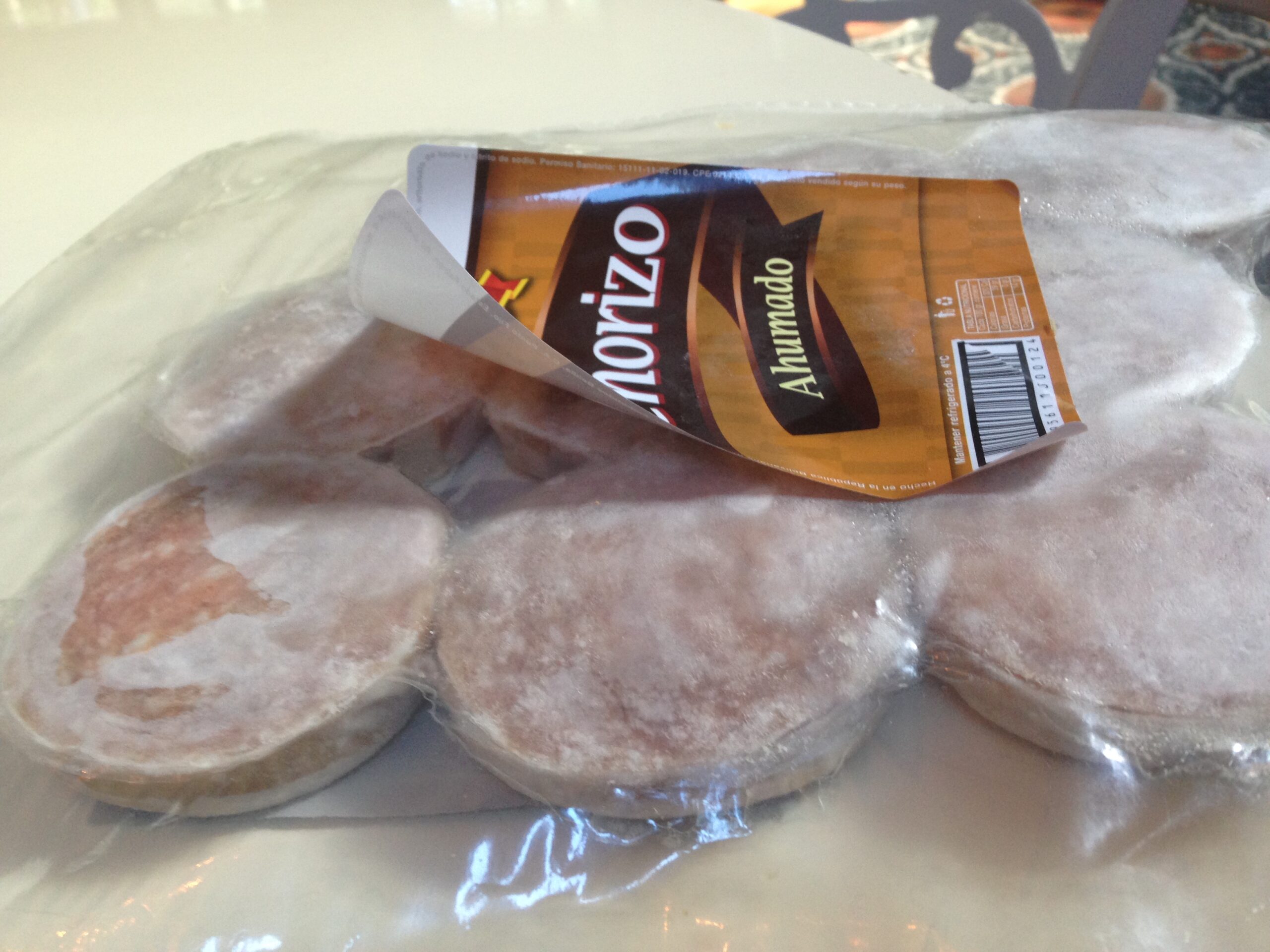 If you’ve ever purchased anything from Etiquette Systems, you might have noticed that we ask quite a few questions about what you intend to use the product for as we take your order. This is especially true for freezer labels. We’re not just being nosy; the reason we ask is that we want the products we make for you to “stick around” as long as possible, meeting your needs for the long term and providing the maximum quality possible.
If you’ve ever purchased anything from Etiquette Systems, you might have noticed that we ask quite a few questions about what you intend to use the product for as we take your order. This is especially true for freezer labels. We’re not just being nosy; the reason we ask is that we want the products we make for you to “stick around” as long as possible, meeting your needs for the long term and providing the maximum quality possible.
This is especially true for our freezer labels. You can’t just slap any label on a package and toss it in the freezer. Not only are the label stock, descriptive and legal material, and logo important, the adhesive is especially so. After all, some adhesives lose their tack (stickiness) once the temperature falls below a certain point, and just slide right off the package. This leads to confusion, which can be bad enough when you’re trying to tell beef from pork, and catastrophic when you can no longer distinguish between biological samples you’ve been entrusted with.
There are basically three types of low-temperature adhesives used in the business: All Temperature Adhesives, Cold Temperature Adhesives, and Freezer Adhesives. All of them have to be impervious not only to cold (to a specific limit) but also to moisture, which can also deaden adhesives. You might have noticed this with duct tape when trying to repair a leaky pipe. It’s not made for moisture adhesion.
All Temperature Adhesives, which are usually made of emulsion acrylics, stick from temperatures below freezing (32° F) to around 200° F. That may seem impressive, but it’s not good enough; All Temp adhesives aren’t really “all temp,” not from a freezer perspective. They’re sufficient for storing stuff in refrigerator, but not a freezer, and are really intended for items that experience a range of normal temperatures, including high-end summer heat. But they also tend to lose tack if taken below their low temperature, can’t handle moisture as well as true cold-temperature labels, and can’t stand up to flash-freezing or repeated thawing.
That’s where Cold Temperature Adhesives come in. Labels with these adhesives are designed to handle cold temperatures down to about -65° and beyond. Most are made of hot-melt rubber. They can usually handle moisture much better than All Temp adhesive labels; all of our standard freezer labels, for example, use this type of adhesive. Multiple freeze-thaw cycles and flash-freezing won’t faze these labels, either, which makes them idea for refrigerated and frozen foods. Many, if not most, of the labels you’ll see on frozen food are specially formulated with Cold Temperature Adhesives.
Freezer Adhesives are just that: they’re specially designed for very low temperature use, and are used on the types of labels you turn to when regular Cold Temp labels aren’t enough. They use a specialized adhesive with a high tack and high moisture resistance, and can even be attached to a package that is already frosty, moist, or greasy. So that lard you plan to use for next summer’s refried beans? These are the perfect labels. It’s best to use them only in cold temperatures, as they do not handle room temperature well. They’re great for hard-frozen products, frosty items like ice cream and popsicles, processed poultry, and the like.
In addition, there are specialized labels for supercool temperatures like those used in cryogenics labs. Their adhesives can maintain tack to as low as about -200° F, enough to handle liquid nitrogen. We don’t often provide this type of label, but we can.
So there you have it! If you were wondering the difference between the types of common freezer labels, now you know—and now you understand why we always ask lots of questions when an order for freezer labels comes in.




